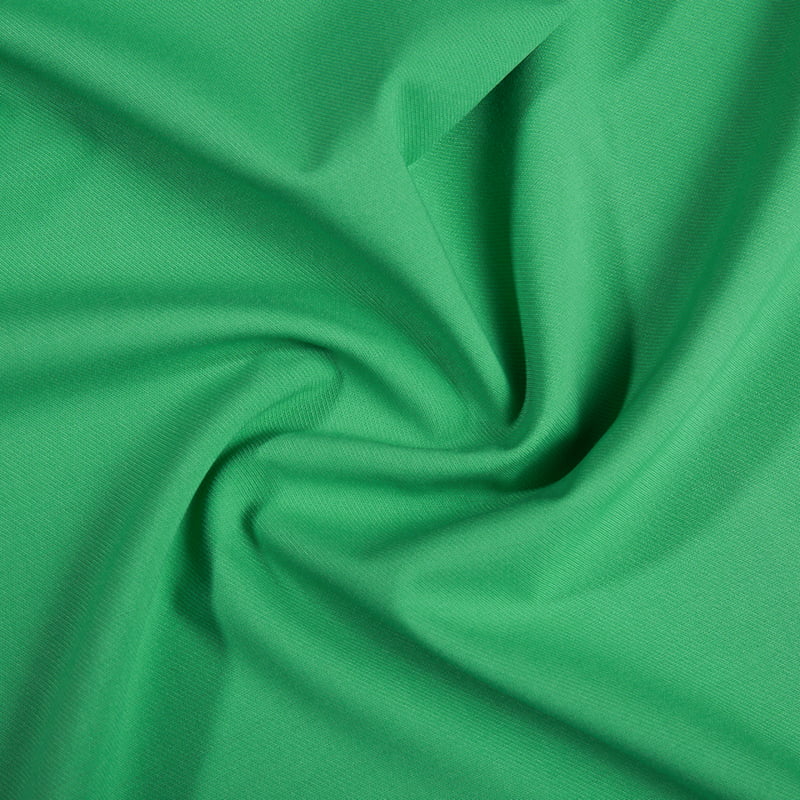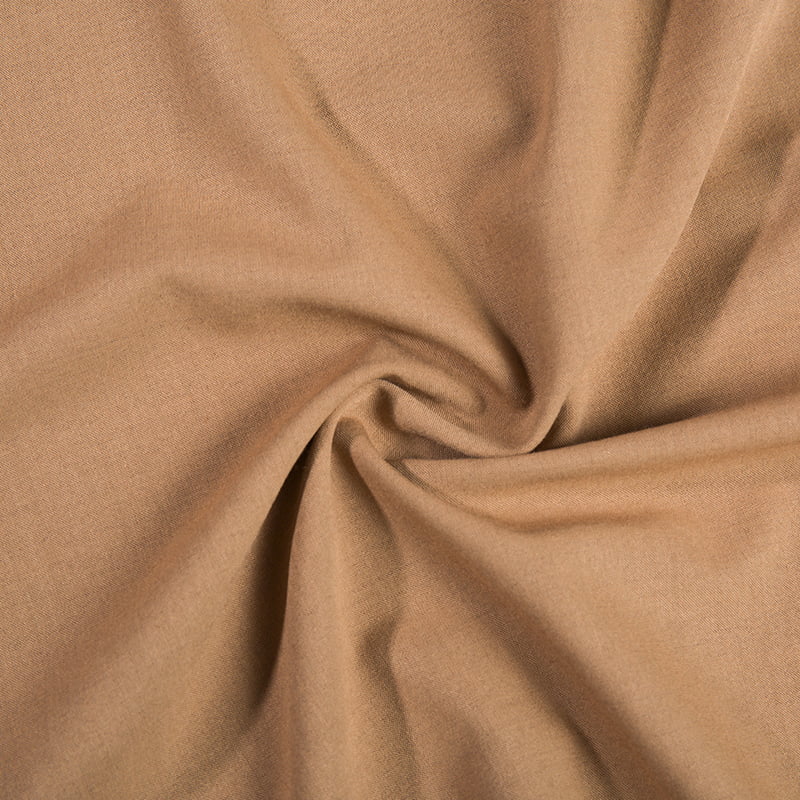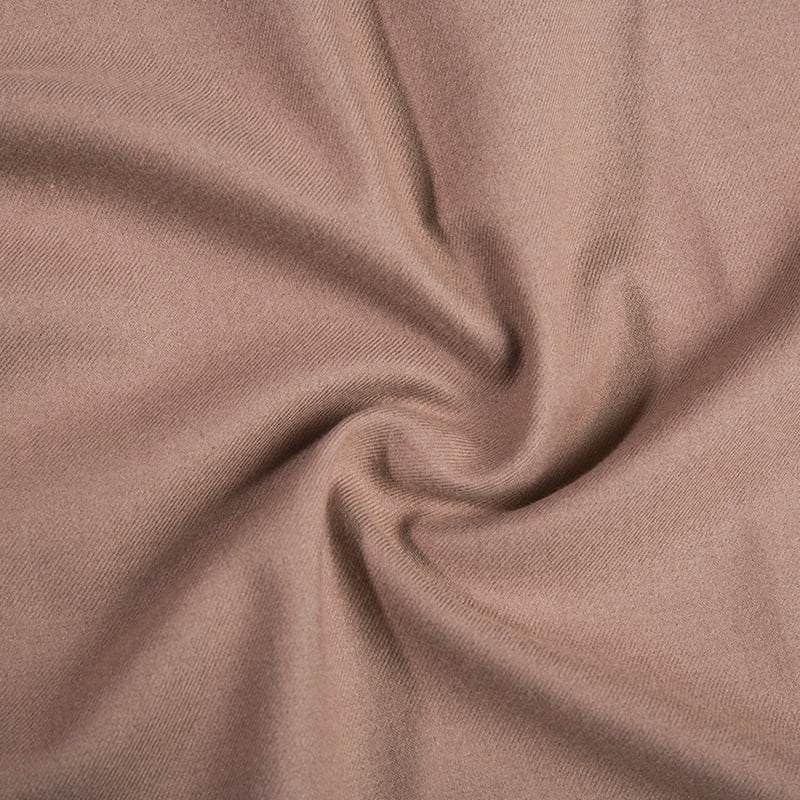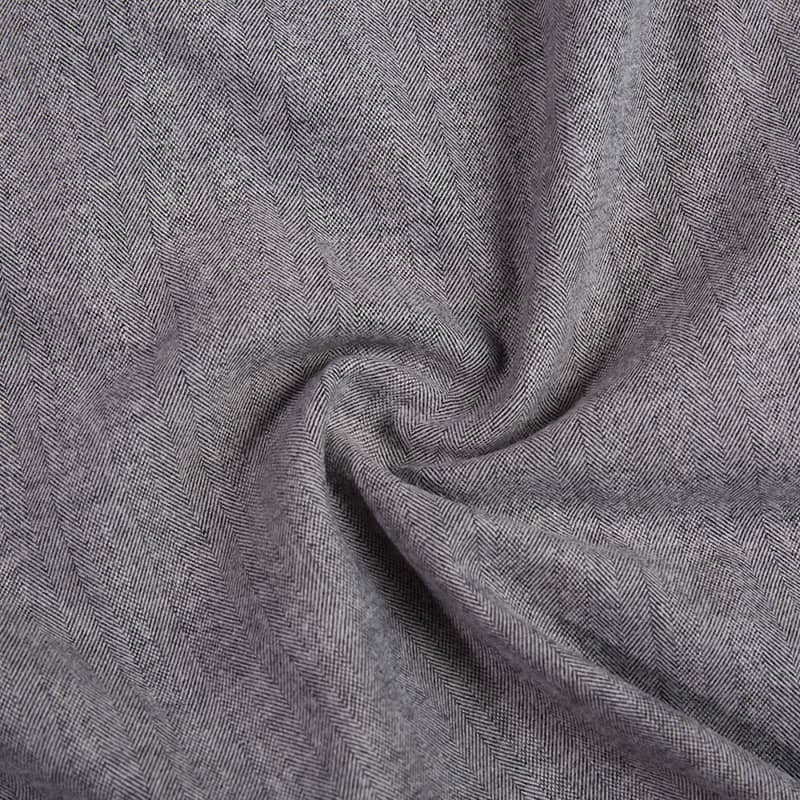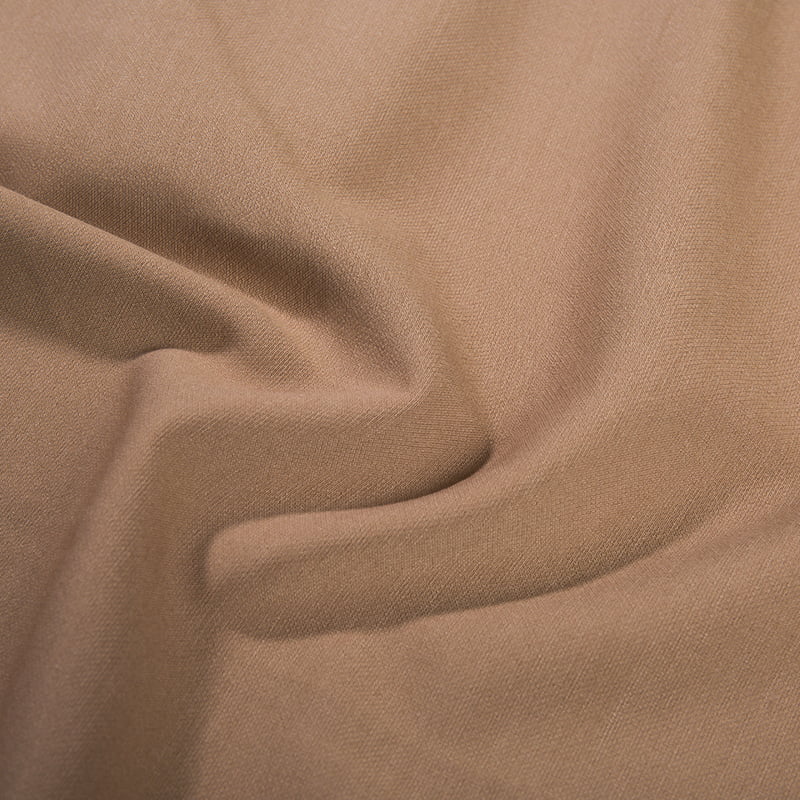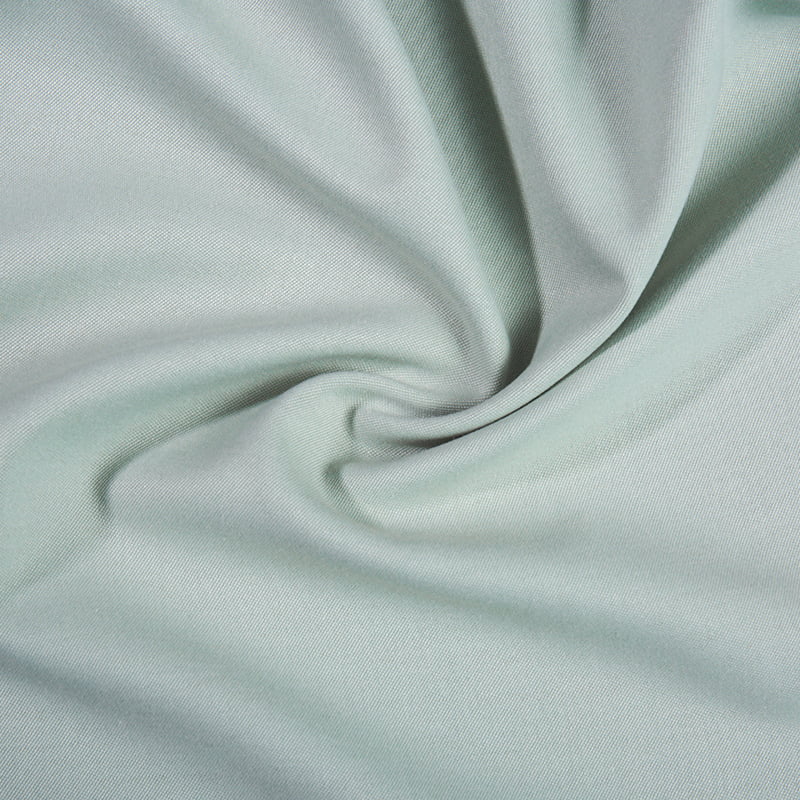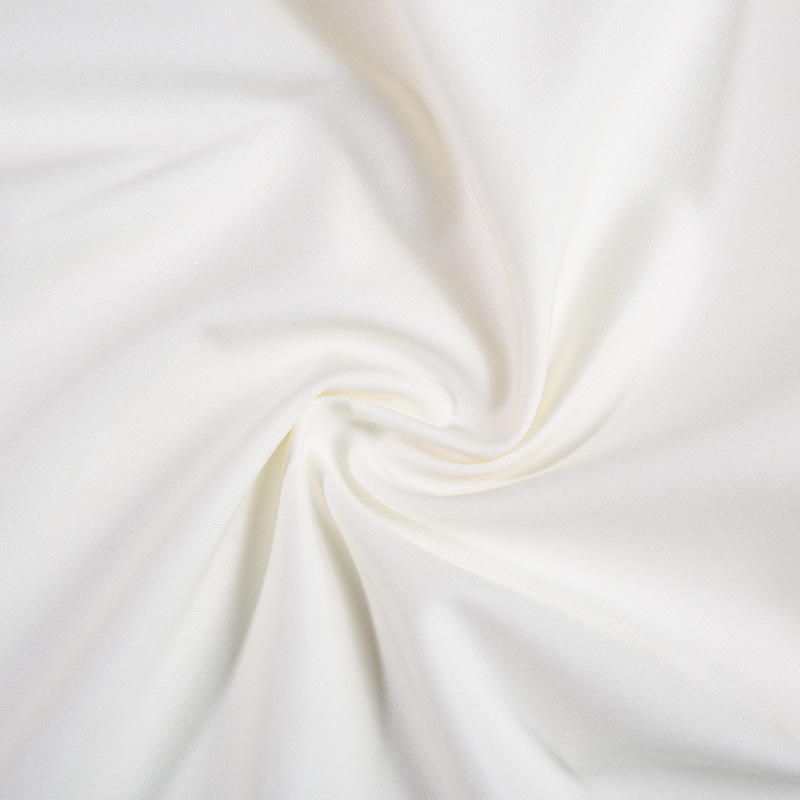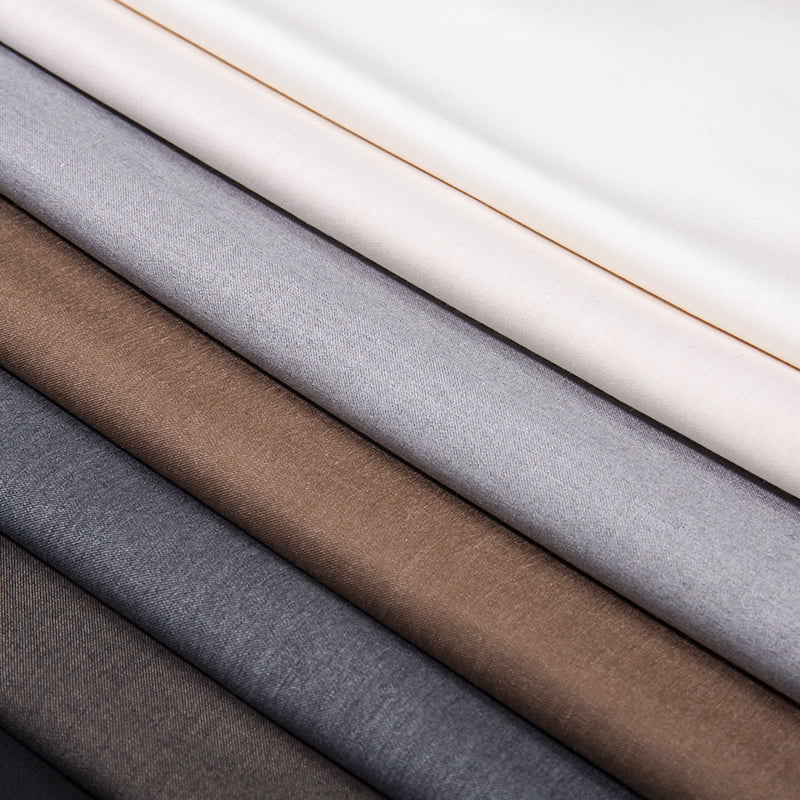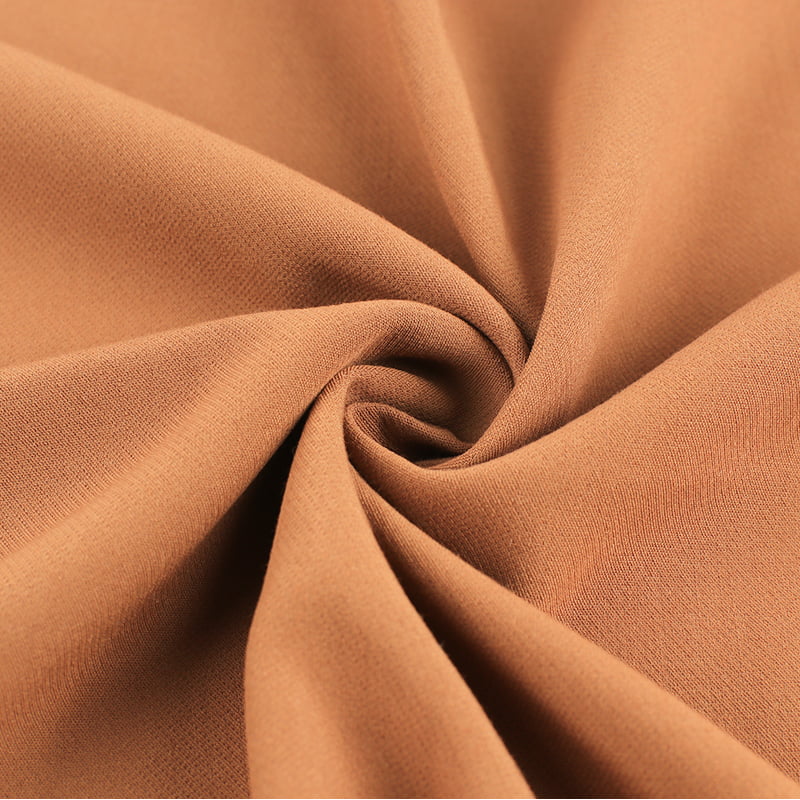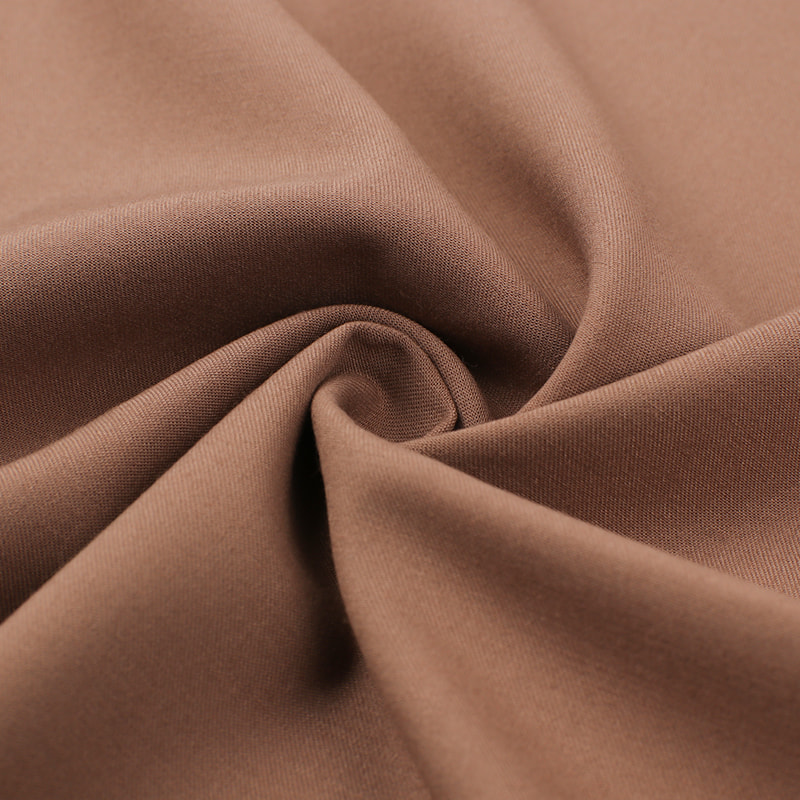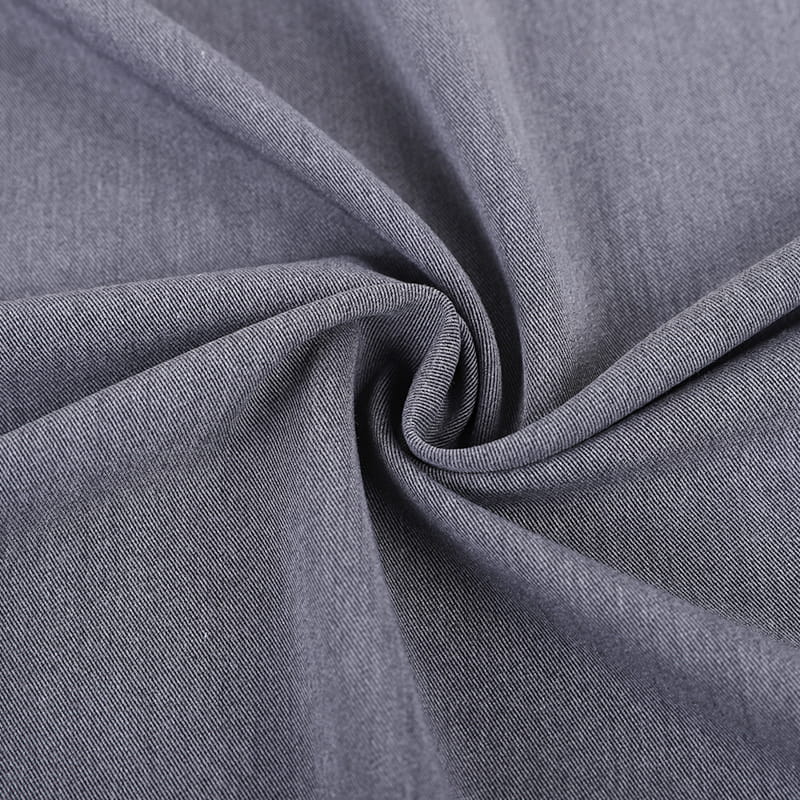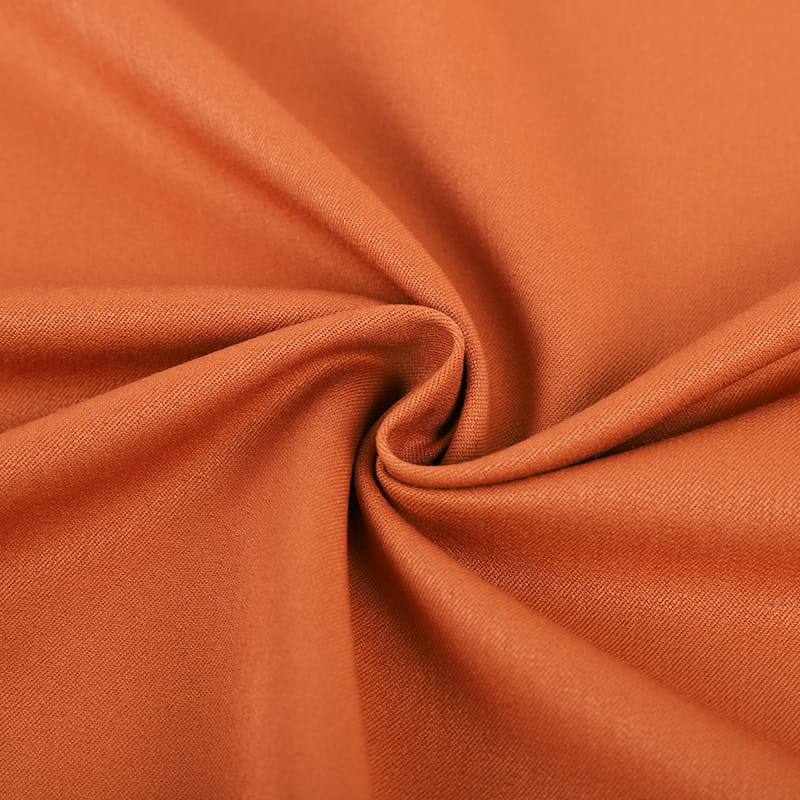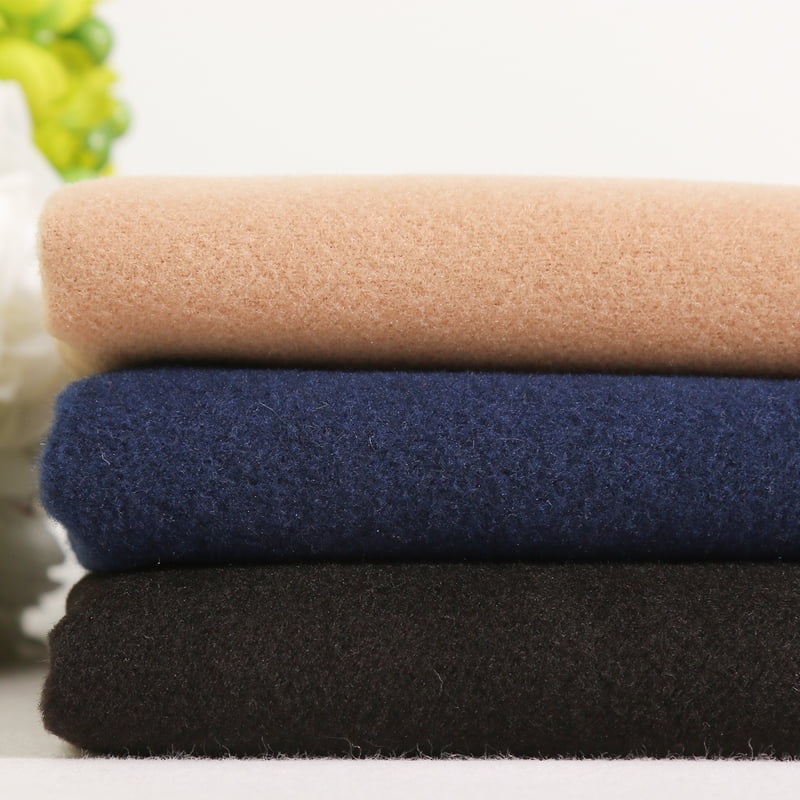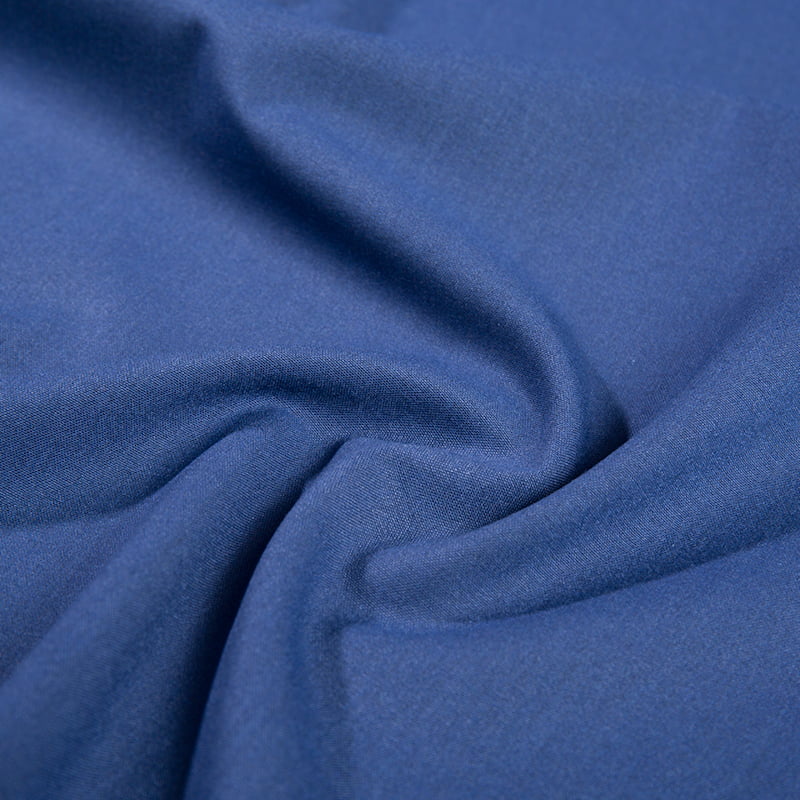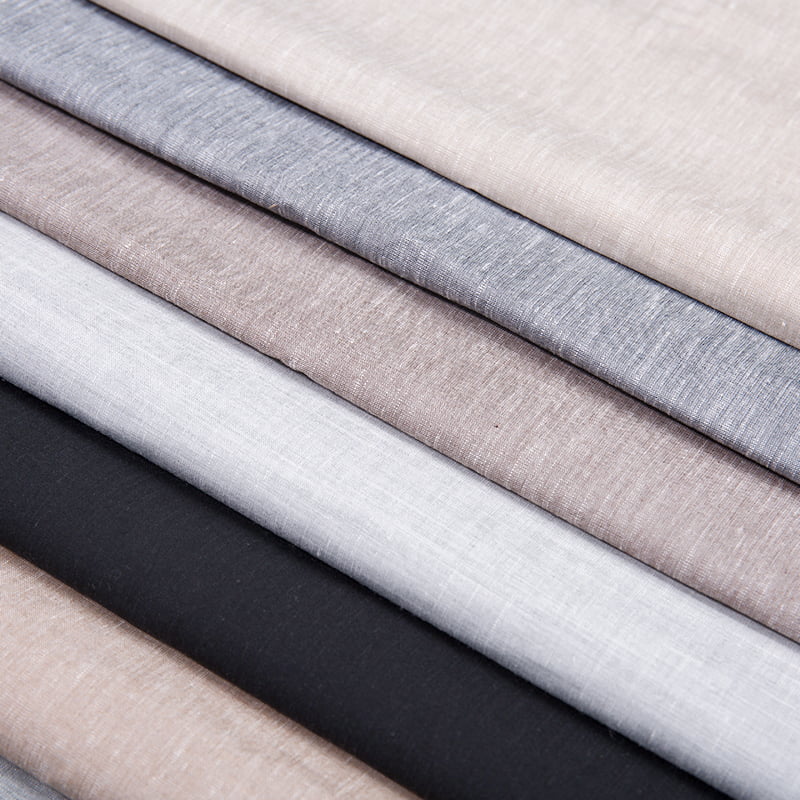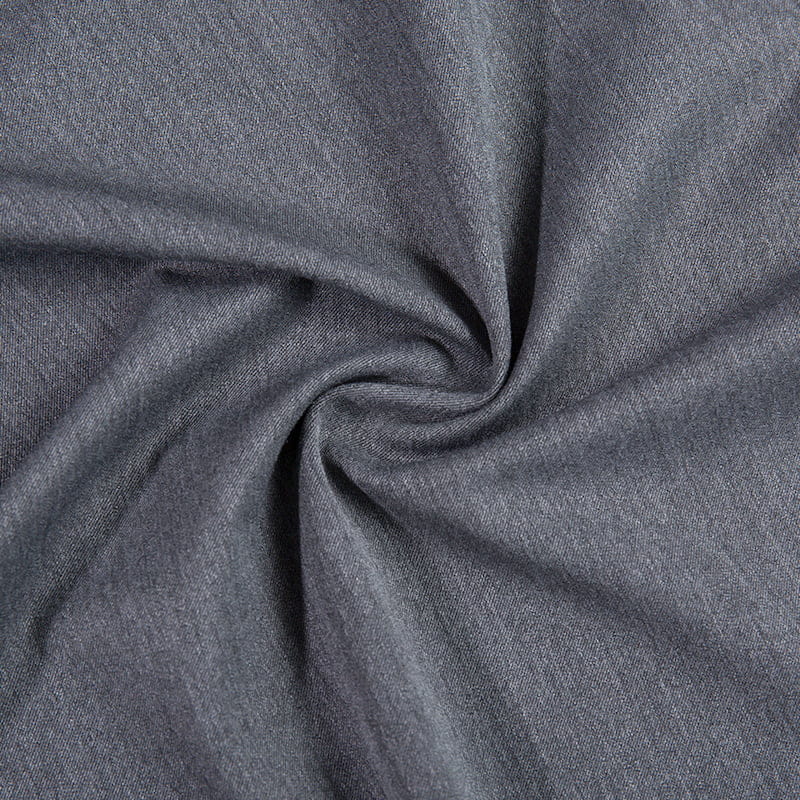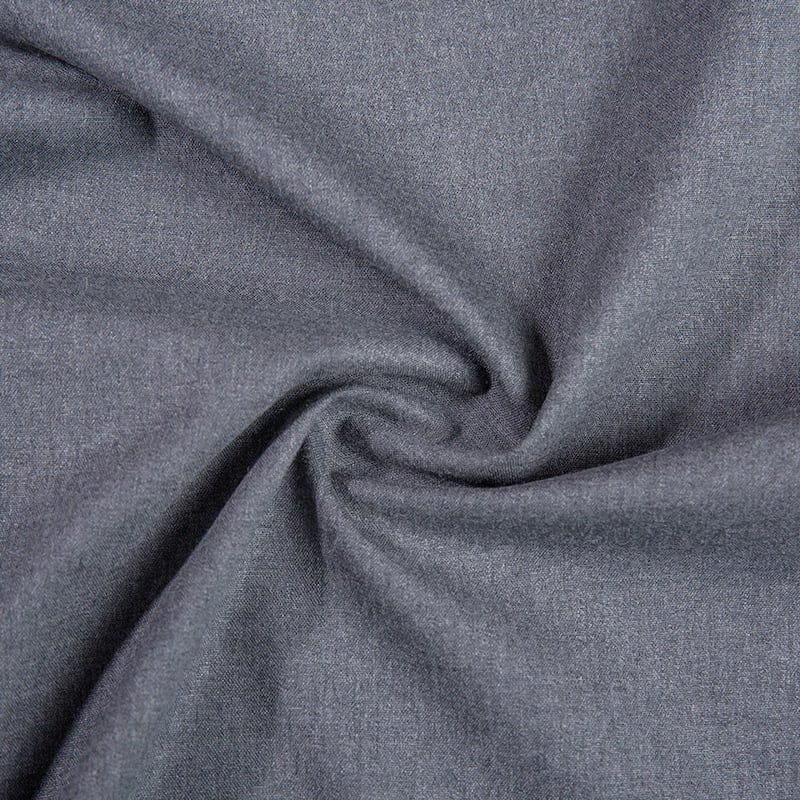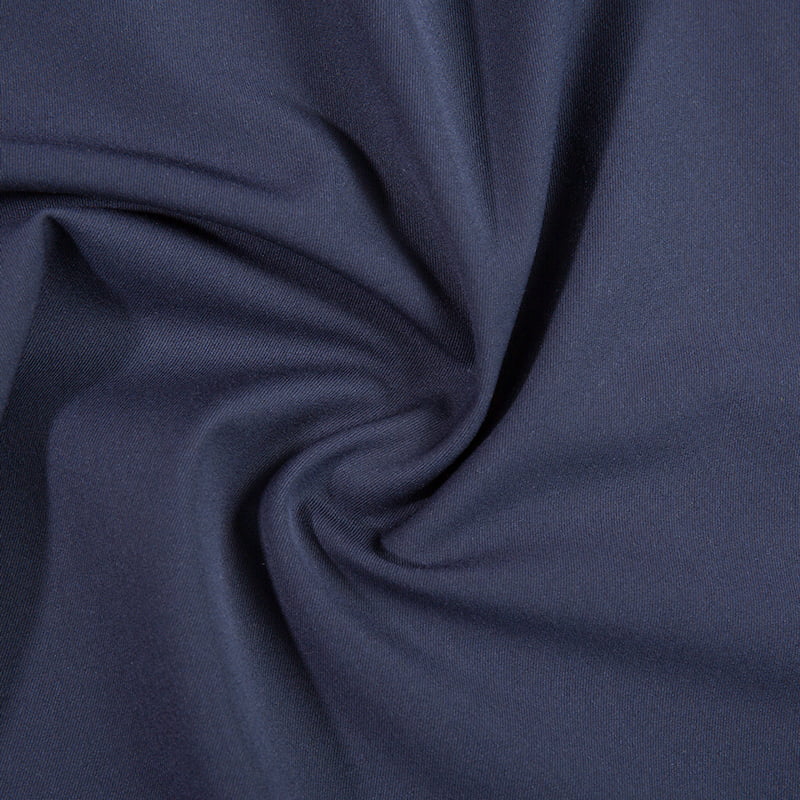Selecting the right fabric is crucial for performance, comfort, and aesthetics in apparel and home textiles. Among numerous options, dyed poly rayon woven fabric with stretch presents a compelling combination of properties often outperforming similar materials like 100% polyester, 100% rayon (viscose), or cotton blends. Understanding its inherent advantages can guide professionals towards making optimal choices for their specific applications.
1. Superior Drape and Softness vs. Pure Polyester:
- The Rayon Advantage: While 100% polyester woven fabrics offer excellent durability and wrinkle resistance, they can sometimes feel stiff or synthetic. Rayon, derived from natural cellulose, imparts a significantly softer hand feel and a more fluid, luxurious drape. Dyeing enhances the depth of color achievable with rayon fibers.
- The Polyester Role: Polyester provides crucial structural stability, preventing the excessive limpness that can occur with high-rayon content fabrics. This blend strikes an ideal balance between elegant drape and necessary body.
2. Enhanced Durability and Resilience vs. Pure Rayon:
- The Polyester Reinforcement: Pure rayon (viscose) woven fabrics, while soft and drapey, are known for their relatively lower wet strength and potential for significant shrinkage or stretching out of shape, especially when wet. Polyester fibers dramatically improve the fabric's tensile strength, abrasion resistance, and overall dimensional stability.
- Stretch Recovery: The integrated mechanical stretch (often achieved through specialized yarn spinning or weaving techniques like stretch yarns in the weft) provides essential elasticity for comfort and movement. Crucially, the polyester component contributes significantly to the fabric's ability to "recover" its shape after stretching, outperforming many rayon-dominant stretch fabrics in long-term resilience.
3. Vibrant Color and Print Potential:
- Dye Affinity: Rayon possesses excellent dye uptake, allowing for rich, vibrant colors and deep shades that can sometimes be harder to achieve with the same intensity on pure polyester. Polyester also dyes well, and modern dyeing techniques ensure good colorfastness for the blend.
- Print Clarity: The smooth surface and good drape of poly-rayon blends provide an excellent base for printing, resulting in sharp, clear designs.
4. Comfort and Practicality Advantages:
- Breathability & Moisture Management: Rayon offers better moisture absorption than polyester, drawing sweat away from the skin. Polyester facilitates quicker drying. This combination creates a fabric that feels more comfortable against the skin than pure polyester and dries faster than pure rayon.
- Wrinkle Resistance: While not as wrinkle-proof as 100% polyester, the poly-rayon blend offers significantly better wrinkle recovery than pure rayon, making garments easier to care for and maintain a neater appearance.
- Functional Stretch: The woven-in stretch provides essential ease of movement, enhancing comfort in fitted garments, activewear, or upholstery applications requiring flexibility, without relying solely on elastane (which can degrade over time or add bulk).
5. Balanced Cost-Performance Ratio: Compared to high-performance technical fabrics or luxurious natural fiber blends (like silk or high-end cotton), dyed poly rayon woven stretch fabric often presents a more cost-effective solution. It delivers a significant portion of the desired aesthetics (drape, softness, color) and performance (durability, stretch, easy care) at a competitive price point, offering excellent value.
Guidance Notes for Selection:
- Application Focus: This fabric excels in dresses, skirts, trousers, lightweight jackets, shirts, and home textiles like drapery or decorative upholstery where drape, comfort, color, and moderate stretch are priorities.
- Performance Needs: Evaluate if the specific blend ratio and stretch level meet the required durability, recovery, and care specifications for the end use.
- Care Considerations: While generally easier to care for than pure rayon, follow recommended washing and drying instructions to maximize fabric life and maintain appearance.
Dyed poly rayon woven fabric with stretch is not merely an alternative, but often a strategically superior choice. It effectively bridges the gap between the desirable aesthetics and comfort of rayon and the durability, resilience, and practicality of polyester, enhanced by functional stretch. For professionals seeking a fabric that harmonizes drape, softness, rich color, durability, easy maintenance, and comfortable mobility, this engineered blend warrants serious consideration over many single-fiber or alternative blended options. Its balanced properties make it a versatile and reliable solution for a wide range of demanding applications.


 English
English 中文简体
中文简体 日本語
日本語 한국어
한국어 Español
Español русский
русский
